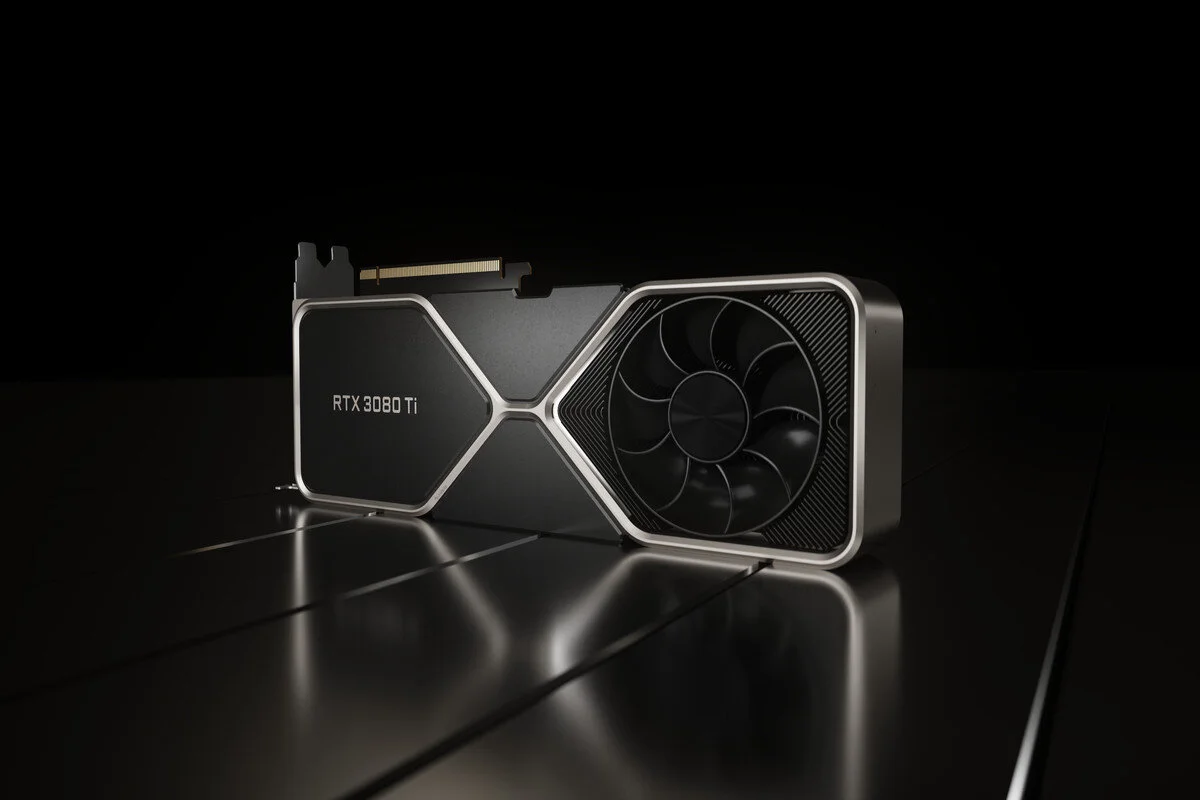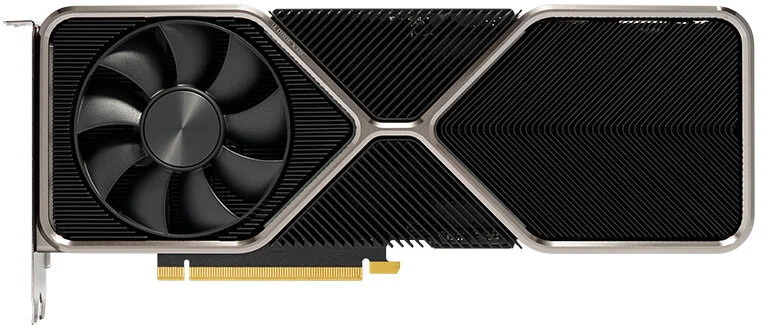Hardware Breakdown Presents: Nvidia RTX 3080 Ti The Founders Edition
Sometimes I think it's pointless writing articles regarding graphics cards, seeing that the market for graphics cards has become so scarce. With the demand so high, the asking price for graphics is ridiculously high—any new graphics cards launched by the manufacture( AMD or NVIDIA) it's immediately sold out. Nonetheless, Nvidia has just released to market the RTX 3080 Ti. And as we speak, there is already a limited supply at Best Buy and other known vendors. Also, expect inflated prices from third-party sellers.
But here at Teskpecz studios, the show must go on because the RTX 3080 Ti deserves some coverage. The components on board are rather impressive. Let's crack this visual hardware open and outline critical specs and features.
The GPU engine
Let's start with the central core of it all, the GPU. It has 10240 Nvidia's CUDA cores, 1.3GHz base clock frequency, 1.67GHz boost clock frequency. The numbers you see here are a tad bit higher than the RTX 3080, equating to a boost in overall performance by about a couple of percentage points.
The VRAM memory
The standard memory configuration for the RTX 3080 Ti is a GDDR6X with 12GB VRAM, with a 384-bit memory interface.
Featured support
Much like many of the RTX 30 series graphics cards, the 3080 TI is loaded with a bevy of features. But in this post will cover key critical features of interest. Starting with 2nd generation Ray Tracing cores and a 3rd generation Tensor Cores. It's worth noting the entire graphics card is constructed on Nvidia's own Ampere architecture.
The power thermals
The RTX 3080 Ti GPU has a 93 degrees C max temperature. The power wattage of the graphics card can reach up to 350W, requiring at minimum a 750W power supply.






